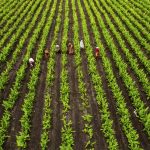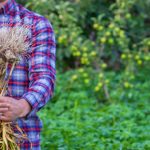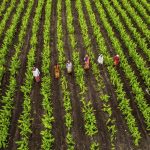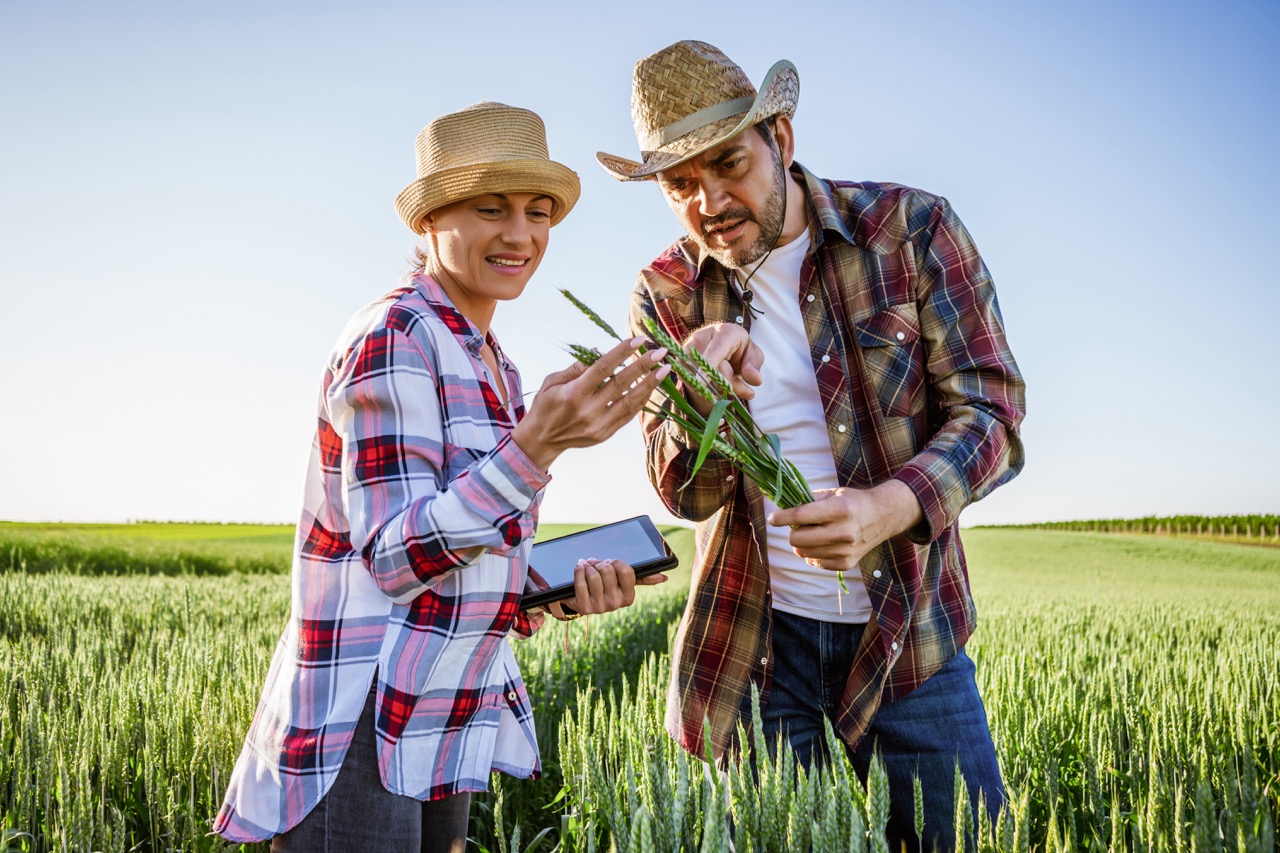In the realm of agriculture, innovative practices that foster sustainability are gaining traction amid growing concerns about food security and environmental degradation. One such method, sharecropping, offers a historical context to modern regenerative agriculture techniques. As the world seeks to balance economic viability with ecological health, understanding how these two concepts intersect can pave the way for a more resilient agricultural landscape. This article explores the historical roots of sharecropping, the principles of regenerative agriculture, their synergistic potential, and examples of successful applications.
Understanding Sharecropping: A Historical Perspective
Sharecropping emerged in the United States in the aftermath of the Civil War, primarily as a means for landowners to maintain agricultural production while providing formerly enslaved individuals with an opportunity for economic independence. Under this system, landowners would allow tenants to cultivate their land in exchange for a share of the crops produced. This arrangement often left sharecroppers in a precarious financial situation, illustrating the socioeconomic complexities inherent in agricultural labor.
Historically, sharecropping has been criticized for perpetuating cycles of poverty and dependency. However, it also reflects a deep connection between the land and the laborers who tend to it. Many sharecroppers possess intimate knowledge of local ecosystems, traditional farming methods, and crop diversity. This cultural heritage can be invaluable, especially as modern farming increasingly emphasizes sustainability.
In recent years, there has been a renaissance in understanding sharecropping, not just as an economic model but as a community-oriented approach to agriculture. Research highlights how sharecropping can serve as a framework for collaboration and resource-sharing, particularly in marginalized communities. By reimagining sharecropping within a regenerative agriculture context, practitioners can harness the strengths of this historical system while addressing its weaknesses.
The Principles of Regenerative Agriculture Explained
Regenerative agriculture is an holistic approach to farming that seeks to restore and enhance the health of ecosystems, improve soil fertility, and increase biodiversity. At its core, regenerative agriculture emphasizes practices that build soil organic matter, such as cover cropping, crop rotation, and reduced tillage. These methods not only improve soil health but also sequester carbon, making farming a potential ally in combating climate change.
Another fundamental principle of regenerative agriculture is the integration of livestock into cropping systems. This practice can lead to a synergistic relationship where animals contribute to soil health through manure, while crops provide grazing opportunities, creating a closed-loop system. This integration fosters biodiversity and enhances resilience against pests and diseases, further contributing to ecological balance.
Moreover, regenerative agriculture is rooted in the concept of community and social equity. It encourages the involvement of local farmers in decision-making processes and emphasizes the importance of traditional knowledge. By prioritizing these aspects, regenerative agriculture seeks to create a more equitable food system while simultaneously addressing environmental concerns.
Synergies Between Sharecropping and Sustainable Farming
The relationship between sharecropping and regenerative agriculture is mutually beneficial. Sharecropping can provide access to land for individuals who may not otherwise have the means to cultivate it, thus promoting greater participation in sustainable farming practices. This access can empower communities to implement regenerative techniques, ultimately enhancing both ecological health and local economies.
Furthermore, sharecropping arrangements can facilitate knowledge exchange among farmers, particularly in regions where regenerative practices are still gaining traction. By sharing experiences and techniques, sharecroppers can collectively improve their agricultural practices, leading to enhanced resilience and productivity. This community-driven approach fosters an environment where sustainable practices can thrive, ultimately benefiting both the land and the people who depend on it.
Additionally, the economic structures inherent in sharecropping can be adapted to support regenerative agriculture. For instance, flexible payment arrangements based on crop yields and ecological improvements can incentivize sharecroppers to adopt sustainable practices. This transition not only aligns economic interests with environmental stewardship but also encourages long-term commitments to land health.
Case Studies: Successful Sharecropping in Regenerative Practices
Several examples around the world illustrate how sharecropping can effectively support regenerative agriculture. In the southern United States, some cooperatives have adopted sharecropping models that prioritize sustainable practices. By working together, sharecroppers have been able to implement cover cropping and rotational grazing, significantly improving soil health and crop yields over time.
In Brazil, a community of smallholder farmers has embraced a sharecropping model that integrates agroecological principles. By pooling resources and knowledge, these farmers have transformed degraded lands into thriving ecosystems. Their focus on biodiversity and permaculture practices has not only increased their resilience to climate challenges but has also enhanced food security for local communities.
Another notable case is in India, where sharecropping arrangements have enabled farmers to implement water conservation techniques and organic farming practices. These initiatives have led to improved soil quality and reduced reliance on chemical fertilizers, demonstrating that sharecropping can be a powerful vehicle for cultivating sustainable agricultural practices in resource-constrained environments.
As the global agricultural landscape evolves, the intersection of sharecropping and regenerative agriculture presents a unique opportunity to foster sustainable farming practices while addressing socioeconomic disparities. By learning from the historical context of sharecropping and applying its principles within a regenerative framework, communities can create resilient and equitable food systems. The case studies highlighted here illustrate that when farmers collaborate and share resources, they not only enhance their livelihoods but also contribute to a healthier planet. This synergy, grounded in both tradition and innovation, holds the potential to redefine the future of agriculture for generations to come.










